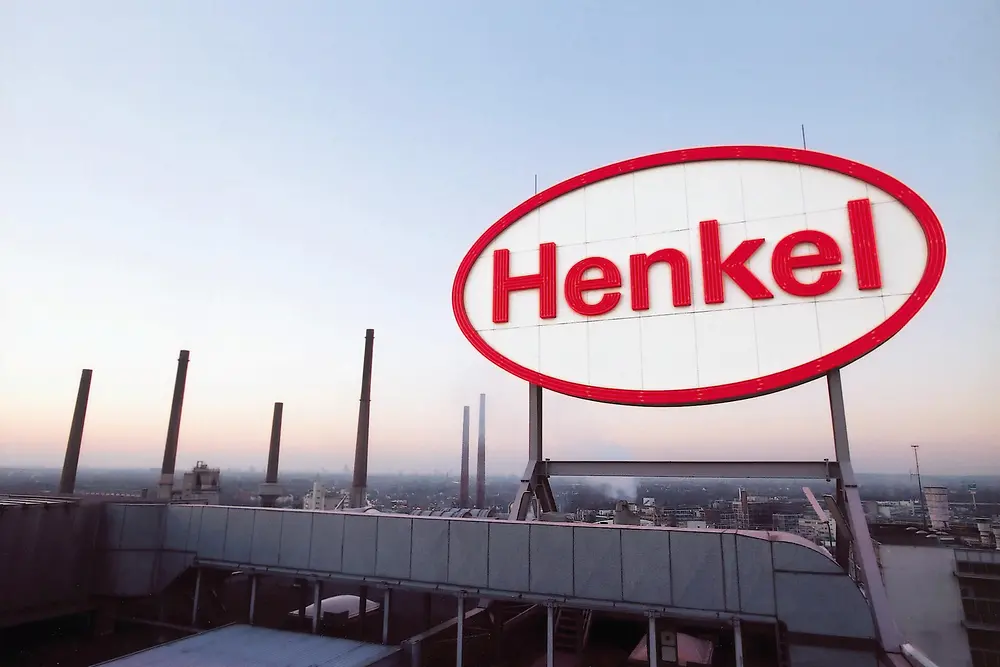Management system and performance indicators
Our management system and key performance indicators are derived from our ambition to generate purposeful growth. The key performance indicators are organic sales growth, adjusted return on sales, and growth in adjusted earnings per preferred share at constant exchange rates.
These performance indicators are represented in both the annual and medium-term plans of Henkel. A regular comparison of these plans with current developments and the regular reporting of expected figures enable focused management of the company based on the described performance indicators. Adjusting for one-time expenses and income – such as effects of acquisitions and divestments, and impairment losses on non-current assets –, for restructuring expenses and for the effects of fluctuating exchange rates, enables better comparability of the performance indicators over time, thus enhancing transparency.
The performance indicators of relevance for management at Henkel – for which we have also defined mid- to long-term ambitions – are discussed below.
Organic sales growth
Organic sales growth is defined as the increase in sales after adjustment for the effects of acquisitions, divestments and foreign exchange. As such, it serves to quantify growth from within the company. In addition, organic sales growth is one of the metrics used to determine the annual variable remuneration (Short Term Incentive) payable to the Management Board.
Adjusted return on sales
Adjusted return on sales describes the ratio of adjusted operating profit (adjusted EBIT) to sales. As such, adjusted return on sales is indicative of the company’s profitability.
Growth in adjusted earnings per preferred share at constant exchange rates
Earnings per share compares the net income to the weighted average number of shares in free float. Calculation is based on IAS 33 (Earnings per share). Calculation of this earnings metric as a performance indicator is based on adjusted earnings per share compared to the prior-year figure. Furthermore, growth in adjusted earnings per preferred share at constant exchange rates is one of the metrics used to determine the annual variable remuneration (Short Term Incentive) payable to the Management Board.
Moreover, we regularly disclose other key financials and non-financial metrics.
Other key financials
Other key financials include adjusted earnings per preferred share, net working capital as a percentage of sales, adjusted return on capital employed (adjusted ROCE), Economic Value Added (EVA®) and free cash flow.
Non-financial metrics
In line with the goal of sustainable corporate development, non-financial indicators are also used as part of our sustainability strategy and reporting – for example, the reduction of the carbon footprint of our production sites, the share of recycled plastic used in consumer goods packaging or the proportion of women in management positions. Furthermore, ESG (Environmental, Social, Governance) targets count among of the metrics to determine the long-term variable share-based remuneration (Long Term Incentive) payable to the Management Board.
Cost of capital
The cost of capital is calculated as a weighted average of the cost of equity and debt capital (WACC). We regularly review our cost of capital in order to reflect changing market conditions. In addition, we apply different WACC rates depending on the business unit involved. These are based on business unit-specific beta factors determined from a peer group benchmark. The following table indicates the WACC rates before and after tax for the Henkel Group and each business unit.






